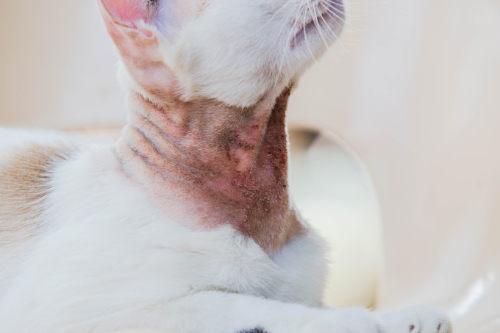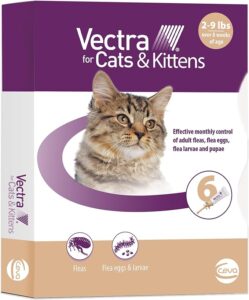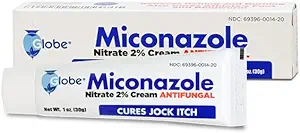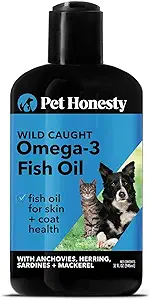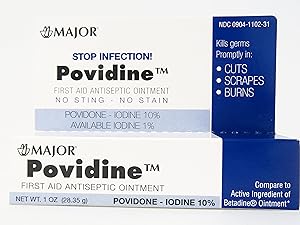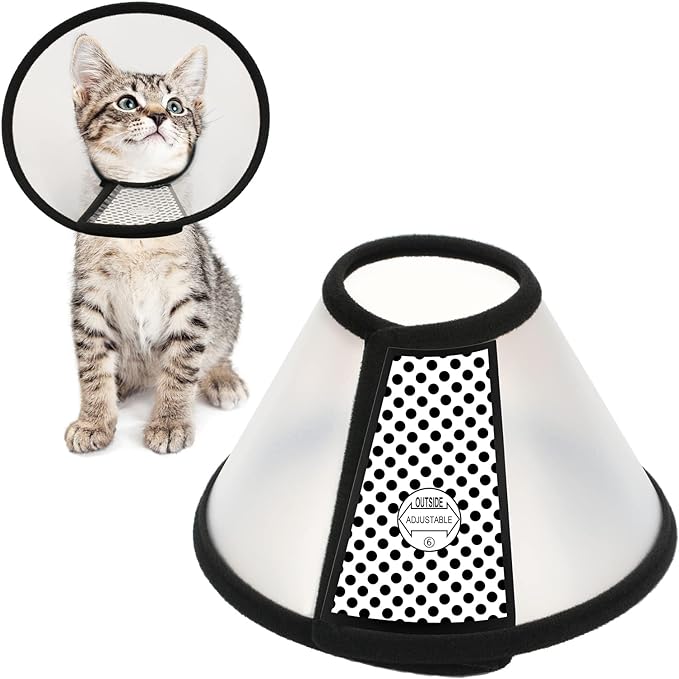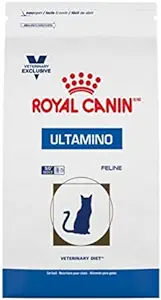Your cat has scabs on his tail
Best remedies
In this article we will tell you more about scabs on or near your cat’s tail. We will tell you what the cause could be, what symptoms you may notice in addition to the scabs on your cat’s tail. And probably the most important thing for you: what you can do yourself to treat those scabs on your cat’s tail. Since the treatment of the scabs depends on the cause, you will first read an explanation before we discuss the treatment. But of course you can also scroll straight to the part about the treatment. Hopefully our advice will help you solve the scabs on your cat’s tail!
How do scabs on your cat’s tail develop?
Scabs on or near your cat’s tail are caused by damage to the skin on the tail. Moisture seeps from the skin through this damaged tissue. When it reaches the surface, it dries with the formation of crusts and scabs. If the damage is deeper, some blood may even seep from the skin. The scabs that then form on your cat’s tail are often easier to recognise as normal scabs for you as the owner.
In most cases, your cat causes the scabs himself because he experiences itching on his tail and then bites and licks his tail himself.
What other symptoms can you see if your cat has scabs on his tail?
- Your cat has an itchy tail
- There may even be pain in his tail
- His tail can be held much lower than normal
- Your cat licks and bites its tail a lot
- Red skin visible under the coat
- His tail may have thickened
- Wet skin and fur, even if your cat doesn’t lick or bite its tail
- Baldness of the tail
- Foul odor coming from the tail
- The tail may feel warm
Causes of scabs on the tail of a cat
There are several possible causes that can cause scabs on or around your cat’s tail. Below we explain per cause how the scabs form.
Parasites
In the vast majority of cases of scabs on the base of the tail and the tail itself, the cat has a flea allergy. We also call this flea allergy dermatitis. This is not the same as just having fleas. With a normal flea problem, there are many fleas that bite your cat to suck blood and that cause itching as a result of this biting and walking over your cat. Also certainly very annoying, but a flea allergy goes further. In case of a flea allergy, your cat is allergic to the saliva of the flea. Only 1 flea needs to bite your cat in about 7 to 10 days to cause your cat to become extremely itchy. This itching is mainly on the lower back, base of the tail and the tail itself.
Many people say that their cat has no fleas, but it is quite easy not to notice 1 flea every 10 days. So yes, your cat is not completely covered in fleas like a normal flea infestation. But if you have seen scabs and baldness on the tail (base) of your cat, it is very likely that this is a flea allergy that causes your cat to bite its own tail and scabs develop on your cat’s tail.
But mites can also be the cause of scabs on your cat’s tail, although this is less common than a flea allergy. This mainly concerns the Sarcoptic mite, which damages your cat’s skin and causes itching. Occasionally, the Demodex mite may be present. According to research done by Richard Malik, among others, cats mainly get mites through contact with wild animals such as rats and mice.
Allergy to environmental substances (atopy)
The cause of scabs on your cat’s tail can also be due to substances in his environment. For example, tree pollen, grass pollen, house dust mites, etc. The complaints of this allergy are generally spread much more over your cat’s entire body, so there are not only scabs on its tail. But it is possible that it only manifests itself there.
With atopy, skin infections occur because your cat’s immune system overactively responds to the cause of the allergy. So the tree pollen, grass pollen or house dust mites. In most cases you will see very red, wet and swollen skin on your cat’s tail. The wetness can dry and then become visible as scabs. But your cat can also scratch itself until it bleeds due to the itching.
Food allergy
In the case of a food allergy, there is an allergic reaction to an ingredient in the diet. And often his treats are forgotten. But your cat can also be allergic to his treats. The nutrients are absorbed in the intestines and enter your cat’s bloodstream where they are distributed throughout the body. After all, they have to be used as building materials there. And so with a food allergy, an inflammatory reaction can occur anywhere on your cat’s body because your cat’s immune system will fight very hard against it. Much harder than a “normal” cat.
In this case too, you will notice problems all over the body and you may also find scabs on your cat’s tail. The skin on your cat’s tail will then look red, wet and swollen. The moisture can dry into scabs on your cat’s tail.
Skin fungus
There are certain fungi that like to grow on the skin of cats. A fungal spore attaches to the skin and grows out into a whole system of fungi. We also call this ringworm, although it is not a worm at all. In many cases you will see that round bald spots develop that contain much redder skin at the edge than in the center of the ring. This sometimes makes it look like a ring, hence the name ringworm. The fungus often continues to spread further and further.
Cats can be carriers of this skin fungus without having any complaints themselves. So if you have a cat with scabs on its tail, it is possible that the source of this fungus is another cat in your house. And since this fungus also might be contagious to people, it is possible that you too will develop symptoms. People with reduced immune systems are especially sensitive to it. This includes children, older people, pregnant women and people with an immune problem.
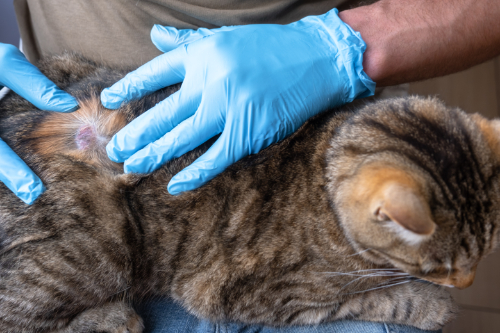
Stress
Cats are very sensitive to stress. With the slightest change you can already see that your cat has become completely upset. But there are also cats that suffer from chronic stress. To relieve themselves of that stress, they often groom themselves. If they groom themselves too often, they can damage their skin. After all, their tongue is quite rough with all those hooks on it. In general, the baldness due to licking is clearly visible and the scabs on your cat’s tail are less extensive than the bald spots.
Stud tail syndrome
There is a scent gland in the skin on the top of the tail about 1/4th from the base of the tail. This gland cats use to rub against objects to mark their territory. When this gland becomes overactive, you may see a greasy coat with all kinds of black grains in that coat. These granules are only in that spot on the tail, unlike flea droppings that are everywhere.
We mainly see this problem in unneutered male cats, but neutered male cats and female cats can also suffer from it. So it is a very local spot on the tail where it occurs and there are normally no other skin complaints such as redness, itching or pain. Such a stud tail does not need to be treated. At most, omega-3 fatty acids will help him improve.
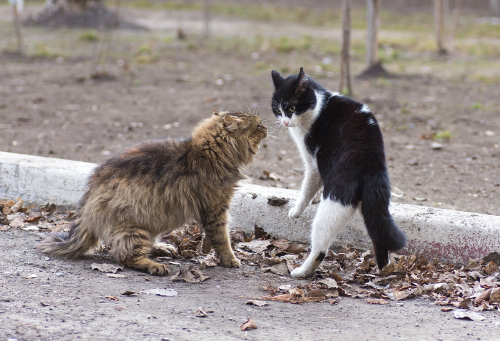
Fight wounds
Cats often have a fight with another cat in the neighbourhood. When a cat runs away, the other cat can just sink its teeth or nails into your cat’s tail. You often don’t see scabs flush against each other, but only a few that are about a centimeter apart. However, these wounds can develop into abscesses if bacteria are left behind under the scabs. Usually the tail is much more painful than you would think from just the wounds and it also swells a lot worse every day. After about 3 days, the abscess on your cat’s tail may burst, releasing a lot of smelly, bloody pus.
Hotspots complicate the scabs on the tail of your cat
As a result of the skin problems mentioned above, the skin can become quite inflamed. If damage has occurred, normal skin bacteria can settle in the damage and multiply there. The result is rapidly spreading red, painful and wet skin that your cat licks or bites a lot. A hotspot can also partially dry up, resulting in scabs developing on your cat’s tail. A hotspot can be quite persistent, but always occurs as a result of another cause. You can treat a hotspot with iodine ointment. You can read more about this in the chapter on treatments.
How to treat scabs on your cat’s tail?
How you treat the scabs on your cat’s tail depends on what caused it. If you have no idea what the cause could be, it is wise to perform the treatments below in the order we wrote it.
Treating parasites
In the vast majority of cases there is really a parasitic infection. Even if you don’t see them. It is therefore highly recommended to provide treatment against parasites. You can choose to give a flea product, but in this case it is better to give your cat a product that works against both fleas and mites. Then you can be completely sure that all parasites are dead. You can buy these products at the counter of your veterinary practice.
Would you rather only give your cat a good flea product? Then use Vectra for the cat. This product has the best inhibitory effect on mites of all flea products. After applying the product to treat parasites, you should see within a week at the latest that there is less itching and that the scabs begin to dissolve.
Try fungal cream
Has there been no clear improvement after 7 days? Then you can try whether miconazole cream ensures healing. You can only do this if the area of the scabs on your cat’s tail is not too large. Apply the cream twice a day. You should start to see improvement after about 3 days. Is this the case? Then you must continue applying the cream for at least 10 days longer from the moment the skin appears to have completely healed. However, there is a good chance that your cat already has fungal spores on the rest of its body and therefore that scabs will also form on other parts of the body. If this is the case, it is better to use a fungal treatment from your vet. Unfortunately, you will have to visit your vet first in order to get it.
Provide essential fatty acids
To optimize the strength in your cat’s skin and therefore also in the skin of its tail, it is wise to give your cat essential fatty acids on a daily basis. Omega-3 in particular is a very powerful anti-inflammatory of the skin, which means that all kinds of skin conditions improve when you give it to your cat. After a week or two you should see a clear improvement.
Treating bacterial infections
Is your cat’s skin also very wet? Without your cat licking it? Then there is a good chance that a bacterial infection of the skin has developed. In addition to solving the original cause, it is therefore important to stop the infection. You can do this by smearing the scabs on your cat’s tail with some iodine ointment twice a day. However, it is important that your cat wears a collar. If he licks the iodine ointment, there is a chance that he will get diarrhea. And you’re not exactly looking forward to that. Slightly less powerful than iodine ointment is honey ointment. This also has an antibacterial effect and is less of a problem if your cat licks it. However, make sure it is allowed to soak in for 15 minutes. After 3 days you should see the scabs on your cat’s tail drying up and reducing.
Reduce stress
It goes without saying that you need to remove the source of your cat’s stress. But in many cases you have no idea what the source is. In any case, know that your cat mainly needs a fixed routine throughout the day. The page about a trembling tail contains many tips to reduce stress and anxiety in your cat.
Take a food allergy test
If nothing seems to help, it is wise to do a food allergy test yourself. This means that you give your cat food that he can’t have an allergic reaction to. The best one currently on the market for this is Royal Canin Ultamino for cats.
You should not give your cat anything else to eat but this food for 8 weeks. Would you like to give him a treat? Then you can only give some of this kibble. So don’t give him slices of cheese or meat from your own refrigerator! Because that is also where the allergy can come from.
You will not see any recovery for the first 4 weeks because it takes 3 weeks for all the substances he is allergic to to disappear from his body. After the 3 weeks, his skin will recover and hopefully from the 4th week onwards you will see that his skin starts to look better. Is there no result after 8 weeks and have you really not given anything else to your cat? Then he doesn’t have a food allergy.
Visit your vet
Have you still not seen any results yet? In that case it is better to visit your vet. There is a chance that there is an allergic reaction to environmental substances such as tree pollen or grass pollen or house dust mites. This can be determined with a blood test. In some cases, your vet may decide to give your cat medication without further examination. In that case, make sure that you do not give it for life without the cause being found.
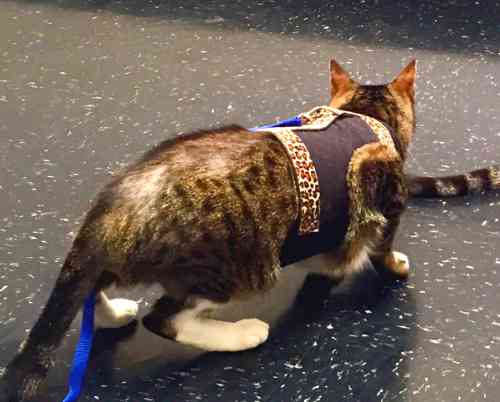
Molly’s scabs on her tail: a case report
Symptoms:
- Constantly licking and biting the tail
- Scabs and baldness at the base of the tail
- Molly holds her tail lower than normal
- Area appears red and swollen
Self-diagnosis and treatment by the owner:
- Fighting Parasites: Sarah recalls that even though Molly is an indoor cat, she recently took a trip to the balcony where she may have been exposed to fleas. She decides to use Vectra for cats, a flea product that also has an inhibitory effect on mites. She applies the drug according to the instructions and hopes for improvement within a week.
- Try fungal cream: After a week, Sarah sees no noticeable improvement. However, she decides not to try miconazole cream because she thinks the spot on Molly’s tail is too big.
- Provide essential fatty acids: Sarah reads that adding omega-3 to Molly’s diet can help improve skin health. She buys Omega-3 Fish Oil specifically for pets and mixes it into Molly’s food as directed.
- Treating Bacterial Infections: Because Molly’s skin still appears wet and swollen, Sarah uses iodine ointment to address the possibility of a bacterial infection. She makes sure Molly wears a protective collar to prevent her from licking the ointment.
- Food allergy test: If there is still no improvement after trying the previous steps, Sarah decides to put Molly on a strict elimination diet with Royal Canin Ultamino. She follows the diet strictly for 8 weeks to see if there is any improvement in Molly’s skin condition.
Result:
After five weeks, Sarah notices that Molly’s skin condition has improved significantly. Molly no longer licks or bites her tail, and the scabs and baldness are almost gone. Sarah concludes that Molly’s skin problem may have been the result of a food allergy, combined with a mild flea infestation. She will now add 1 type of food or treat to her diet every month and see if the symptoms come back. If this is the case, Sarah will continue to give Molly the special diet for the rest of her life to keep her free of symptoms.Good luck in your battle to reduce the scabs on the tail of your cat!
Good luck! Hopefully you can help your cat with the advice we gave you, to get rid of the scabs on his tail. We wish you good luck and a speedy recovery for your cat.

